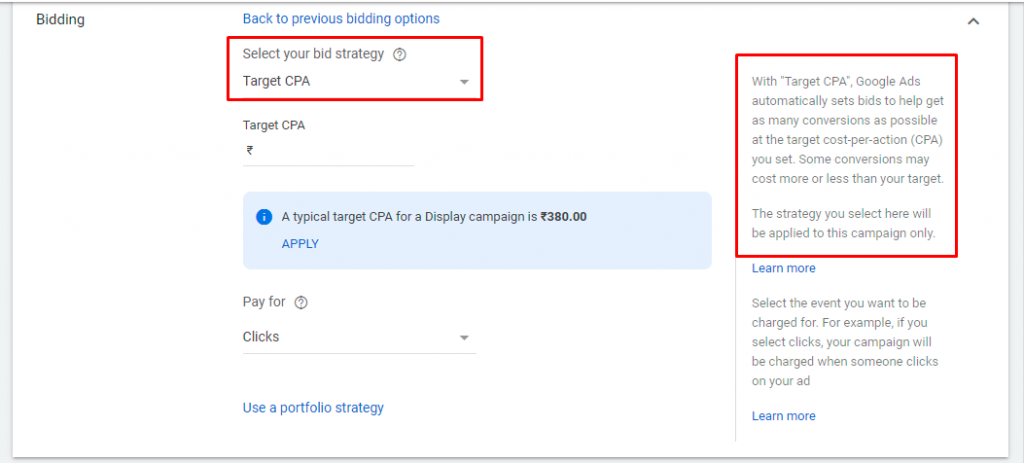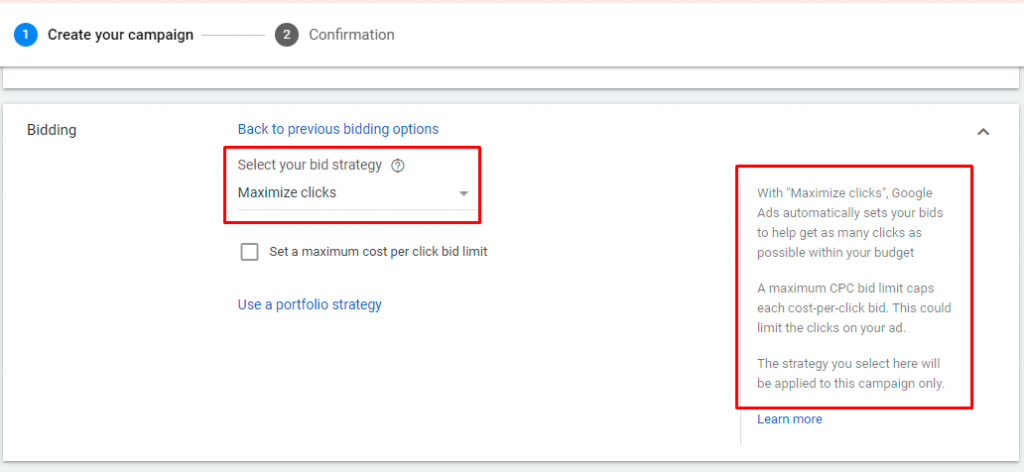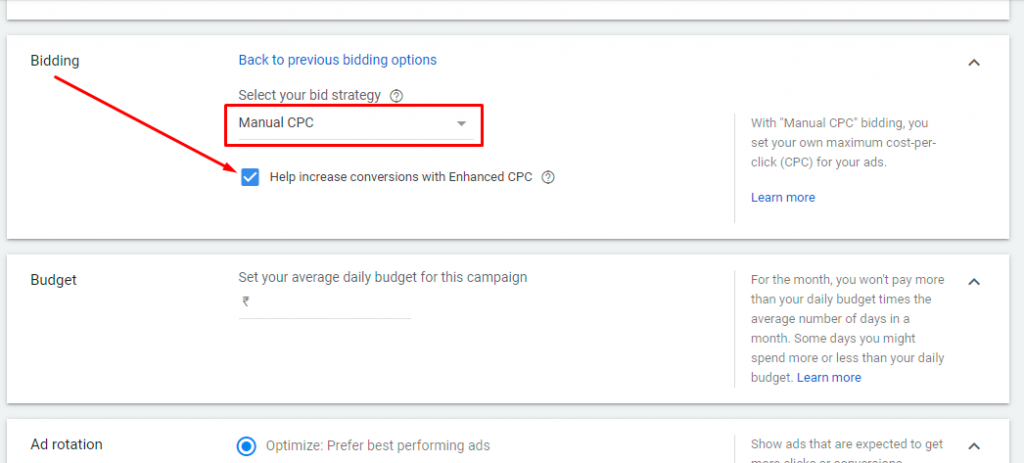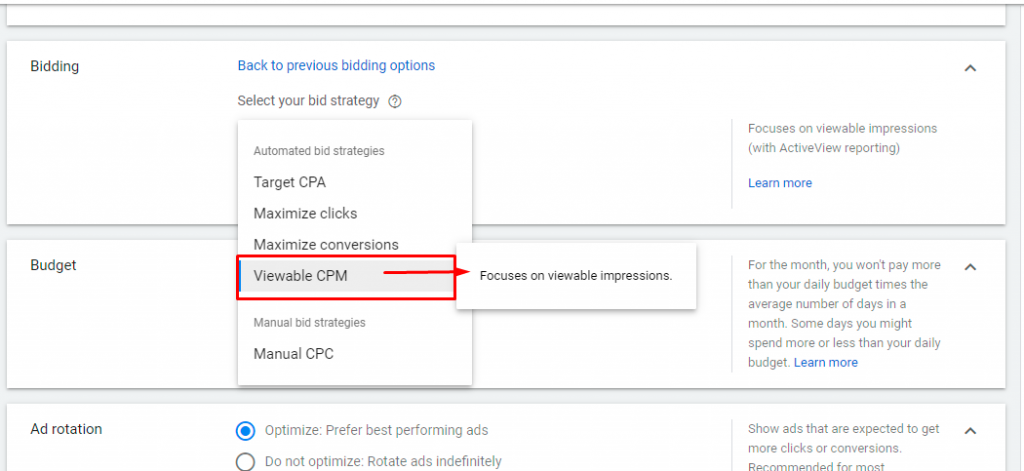Sharing is caring!
It cannot be easy for any online social media marketing agency to comprehend and create their own Google Ads bidding strategy, especially when they are ready to grow with automatic bidding. However, Google Ads bidding has a lot more than just setting it and ignoring it. When it comes to enticing new potential consumers, having a decent ad copy is only one-half of the equation. The other is to apply an appropriate bidding strategy so that you may receive the best results for the least amount of money. Or else, you may wind up paying much more if you do not pay enough attention to bids.
You will need up-to-date methods to identify the best Google Ads bidding strategy and win the competition. This guide will inform you of the fundamentals of Google Ads bidding to construct your successful campaign further.
What Is Google Ads Bidding And How Does It Work?
Advertisers compete for a specific position on Google search advertising in an auction called Google Ads Bidding. As an advertiser, you must specify the keywords you wish to bid on and the maximum amount you are ready to spend. Compared to your competition, this is a means to tell your ad publisher how much you can pay for an ad copy to show and be clicked.
Google allows you to tailor your campaign goals to what matters most to your company – clicks, impressions, or conversions. Thus, your Google Ads bidding strategy should be determined based on these objectives. Every time Google has ad space available on a website or in a search result, it holds an auction. The auction then chooses which advertising will appear in that space at that particular time. And, with the help of bidding, you enter the auction.
Bidding Strategies To Consider When Your Objective Is Conversion
Target Cost Per Acquisition (target CPA): Once you’ve determined your acquisition expenses, this choice becomes simple. The amount of money you can spend on obtaining one customer is referred to as acquisition. After that, you enter your desired CPA, and this method is ready to use. It’s perfect for increasing conversions. Google Ads will concentrate on converting consumers at a set cost per acquisition. Your campaigns’ bids will be set automatically based on your CPA. To equal out and match your acquisition costs, some conversions may cost more than others.

Maximize Conversions: This could be the easiest option. You only need to specify a maximum daily budget, which Google will use to run your bidding automatically, ensuring that you receive the most conversions for your money. Check the return on investment after the campaign to evaluate if the conversion optimization resulted in profitable sales.
Target Return On Ad Spend (target ROAS): Since it is based on mathematics, this may be the most startling. Based on the return you want from your ad spend, Google Ads will tailor your bids to maximize conversion value. Inputting the target value when creating your objective in Google Ads will help. Modify your columns for keywords on a recent campaign with Conv. value or cost metrics if you need a tip. Then, as your Target ROAS, utilize the number from your best-performing campaign.
Enhanced CPC (ECPC): This strategy gives you versatility by adding various automated aspects to your manual CPC settings. Google can raise or lower your bid based on the likelihood of a sale. At your maximum cost per click settings, bids will attempt to be averaged out. If the search is too competitive, Google will reduce your offer to make it less expensive due to a lower likelihood of conversion.
Bidding Strategies When Your Objective Is Click
Maximize Clicks: This automated technique is based on the amount of money you have daily. With your daily budget, Google will try to attract as many clicks as possible and bring traffic to your website. This could be an ideal strategy if you are on a tight budget.

Manual CPC Bidding: This is one of the most time-consuming and default tactics since it provides complete control over your bids. You will have to modify bids for different groups or locations based on the requirements of specific campaigns.

Bidding Strategies To Consider When Your Objective Is Impression
Target Search Page Location (TSPL): If you choose this option, Google will change the bids so that your ad appears at the top of the first page of Google results. Also, they can even appear on any place on the first page of Google results.
Target Outranking Share: On Google Ads, you can outrank a particular website or rival using optimal competitor targeting and brand awareness boosting. When both advertisements are shown, Google will increase your bids to surpass the others. Set the domain to outrank first. Then there’s the percentage of times you want to bid to be at the top of the list. The higher the proportion, the more you might be willing to pay each click.
Cost-per-thousand impressions (CPM): You pay for impressions when you use this technique. On the Google Display Network, you pay for the impressions you receive.

Conclusion
When starting a new Google Ads campaign, choosing the best bidding format for top digital marketing service providers can be tedious. There are numerous options to choose from, and if you are unfamiliar with each, your choice might make or break your campaign. Therefore, examine your objectives before deciding on a bidding strategy.
Are you a digital marketer wanting to utilize Google Ads for boosting your online marketing business? Get in touch with the expert team of Propel Guru, who will enable you to reach out to new customers with customized Google Ads strategies.

Indrajeet Agrawal
Head of Business Development & Consultant
A successful sales leader, Indrajeet has effortlessly led teams to successful deliveries by redefining business promotion, lead generation, email marketing, and a series of out-of-the-box sales and marketing techniques. Ability to work independently and with cross-functional teams and facilitating truly agile processes while seeking iterative improvement.
Hire Canada’s best Lead Generation & Email Marketing Company. Choose certified Sales Specialists from Propel Guru now.



